Lesley Gracie, master distiller for Hendrick's gin, might have one of the best jobs in the world.
Under her watchful gaze Hendrick's gin production happens and quirky new gin flavours are conjured up, "I can play with whatever I want to play with. It's good fun. I really enjoy what I do," she said.
Her tastebuds were responsible for bringing to life the unique taste of Hendrick's back in 1999, with its signature hint of roses and cucumbers along with subtle blend of juniper, coriander, orange, lemon, angelic, orris root, cubeb berries, caraway seeds, chamomile, elderflower, and yarrow berries.
Back then gin wasn't popular as it is now and the brand is credited with kickstarting the gin revolution, or 'ginaissance'.
The idea to begin production came from Charlie Gordon, the great-grandson of the company and Chairman of Grant's.
Lesley explains: "Gin had gone quite out of fashion so when he asked for a new one it was a bit of a surprise."
He had a couple of caveats: He wanted to use two old gin stills; Bennett, an antique copper pot dating back to 1860, and a Carter-Head, from 1948 which he had bought at an auction in London in 1966.

Lesley explains he wanted to create "a gin with more depth and complexity, that it would be totally different from what was out on the shelves at the time".
But it was down to her to invent this taste, although, "he had very clear ideas of what he wanted. He was an amazing guy".
The brand itself was named by Janet Sheed Roberts who was the last surviving grandchild of the Grant's founder, and Henrick's gin is named after the family gardener.
Lesley originally comes from Kingston-upon-Hull, Yorkshire, where she spent an idyllic childhood with two older doting brothers.
She describes her grandmother's house smelling of lavender, and her mother's smelling of freshly made bread. “It's one of these things, a smell will just take you back instantly."
Both her parents were keen gardeners so their home was always full of flowers. “If we visited a garden my mum would leave with a handbag full of cuttings”.
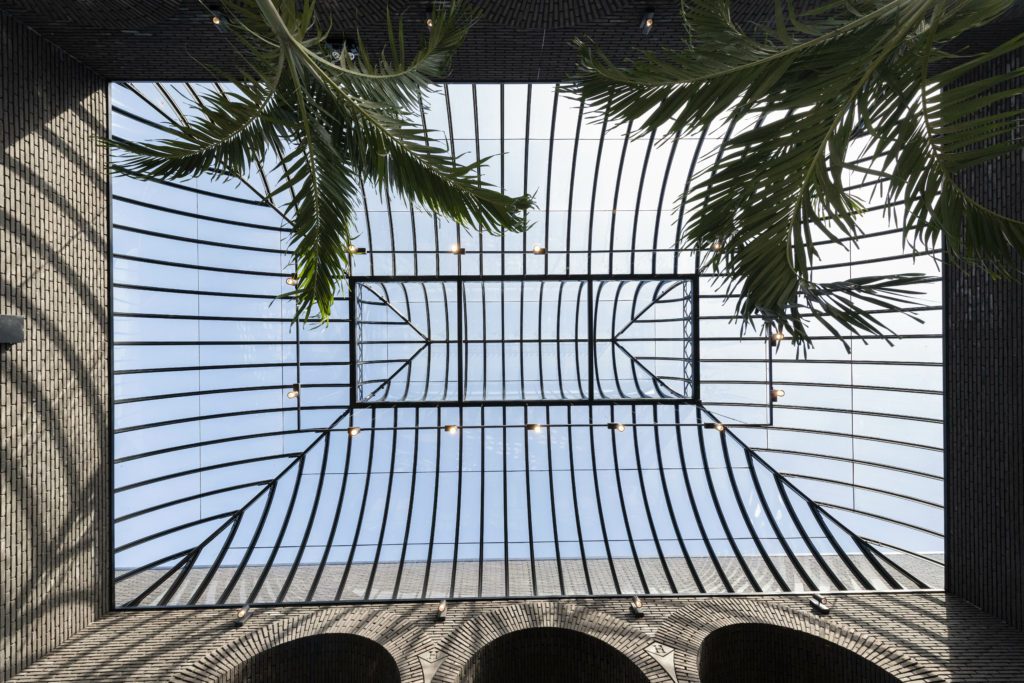
After school she went to work for a pharmaceutical firm, Reckitt & Colman, and instead of going to university she completed her Chemistry degree at Technical college via the Royal Society of Chemistry.
Working and studying meant: "You got your lab-based practice, as well as the theory at the same time, it made more sense."
Lesley worked at the cutting edge of pharmaceutical research and development, which she said was really interesting - things that could potentially cure diseases that were incurable at the time.
As a result, she helped develop new flavours to disguise the flavour of drugs, which otherwise, "would taste really bad." As a youngster, she recalls being bribed with biscuits to take medicine that tasted horrible.
She then made the move to Scotland with William Grant's where she began working on new products, mainly due to her previous experience and her extraordinary flavour-tasting skills.

As it turns out Lesley can visualise flavours as shapes, she said: "I thought that everybody did the same thing. Then I realised that I am really weird after all."
The huge commercial success of Hendrick's launch led to the headquarters in Girvan being expanded and the Hendrick's Gin Palace complex being built where she now works, (for architectural inspiration think Charlie and the Chocolate factory crossed with dark fairy tales)
To add to the fairy tale atmosphere Lesley has Rapunzel-like hair. "I've always had long hair, many years ago, my dad said to me, ‘Don't you ever get your hair cut’, so now it just follows me about."
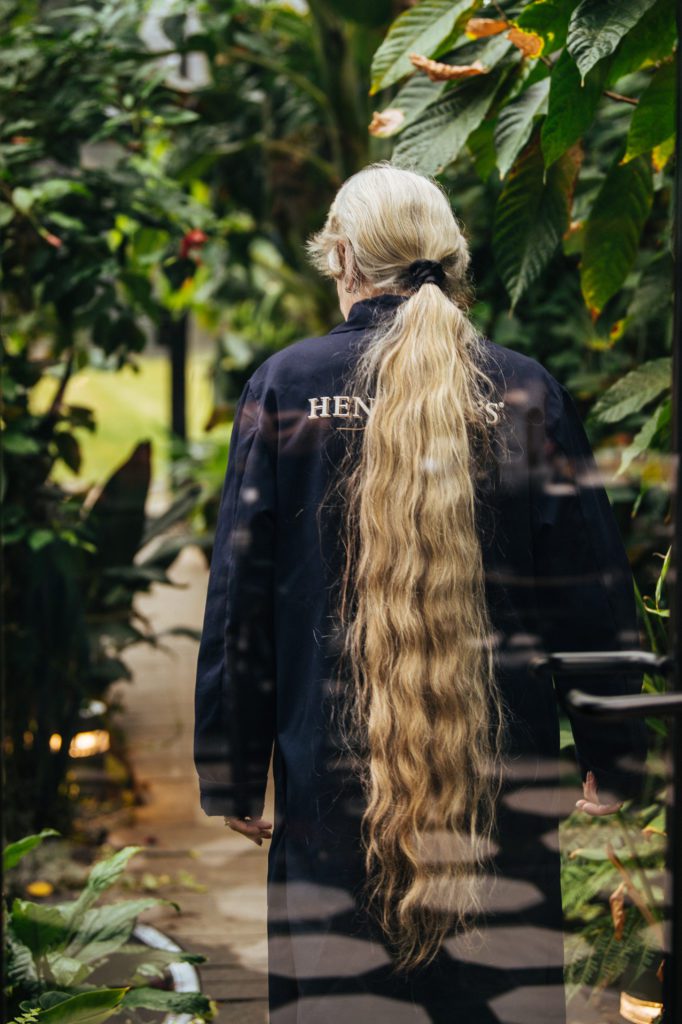
All Hendrick's production happens in the complex as well as housing laboratories for experimentation.
There are also two greenhouses for growing botanicals, one is set to a tropical temperature to mirror the same temperature and humidity of the Venezuelan rainforest.
And the other is a Mediterranean temperature which allows them to grow different plants to experiment on in the lab, to look for the next unique flavour. Lesley also reckons they have got the only natively bananas grown in Scotland.
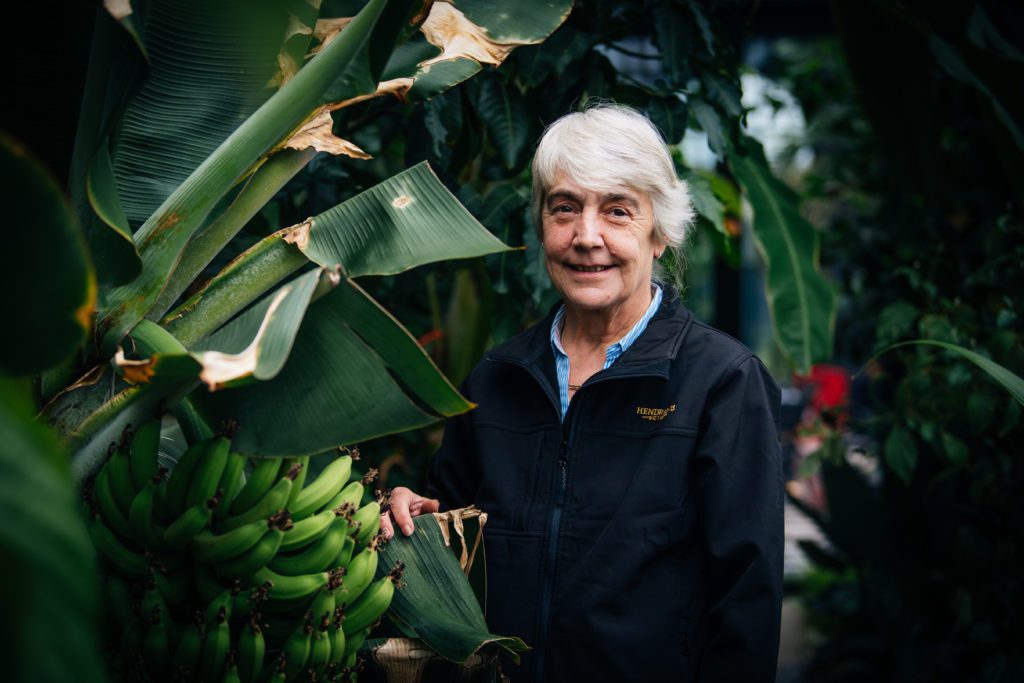
At the back of her laboratory she has a locked cabinet of curiosities, which contain all of the different gin releases she has made plus top secret botanical distillates.
In 2013 Hendrick's sent Lesley to the Venezuelan jungle to look for new plant botanicals to create limited edition gins, she said: "I've got all of those samples in the cupboard as well. So there's all sorts of intriguing stuff in there.
"I've got another cupboard in the corner, which I don't let anybody into at all." She is partial to a swig of Lucozade and a bar of chocolate so it might also double as a snack store.
She explains that soil really can make a huge difference to how botanicals taste. “We found a plant in the jungle, that was just amazing. It was green, it was floral, it was herbal. We did an extract and took some back.
"Then I found the same plant in the Edinburgh Botanic Gardens and the taste was totally different because of the mineral content."
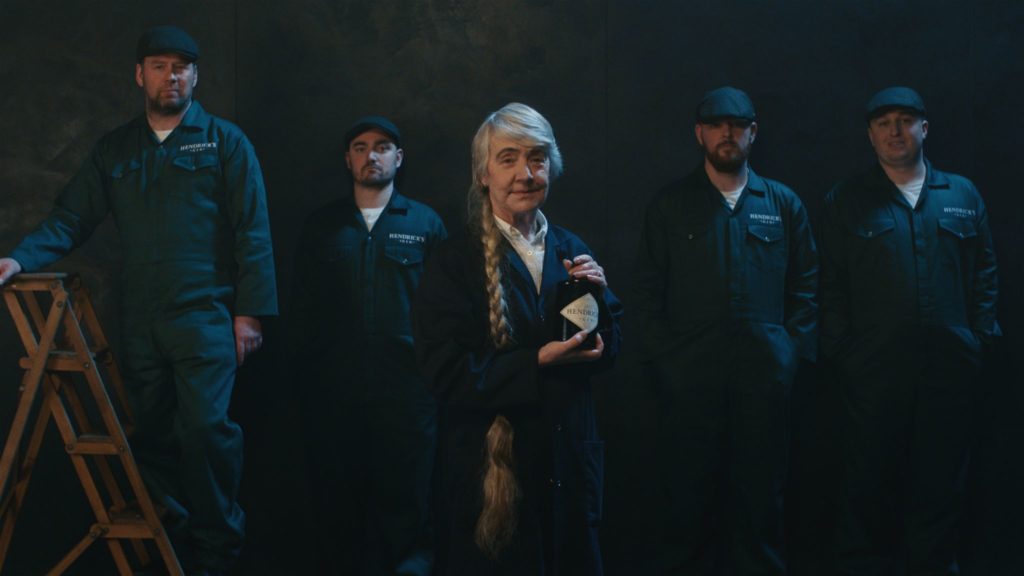
The newest limited edition gin is called Neptunia, which is inspired by the Scottish coast, and Lesley's fond memories of bucket and spade holidays as a child. "I was just trying to get all of the magic of the sea into the bottle."
Growing up as a city kid, "a day at the seaside was a real treat for us. We used to go for a week's holiday to a caravan on the Yorkshire coast and it was wonderful.
"We would make sand castles and bury my dad in the sand. The usual stuff, but we never stopped laughing from the start to finish really".
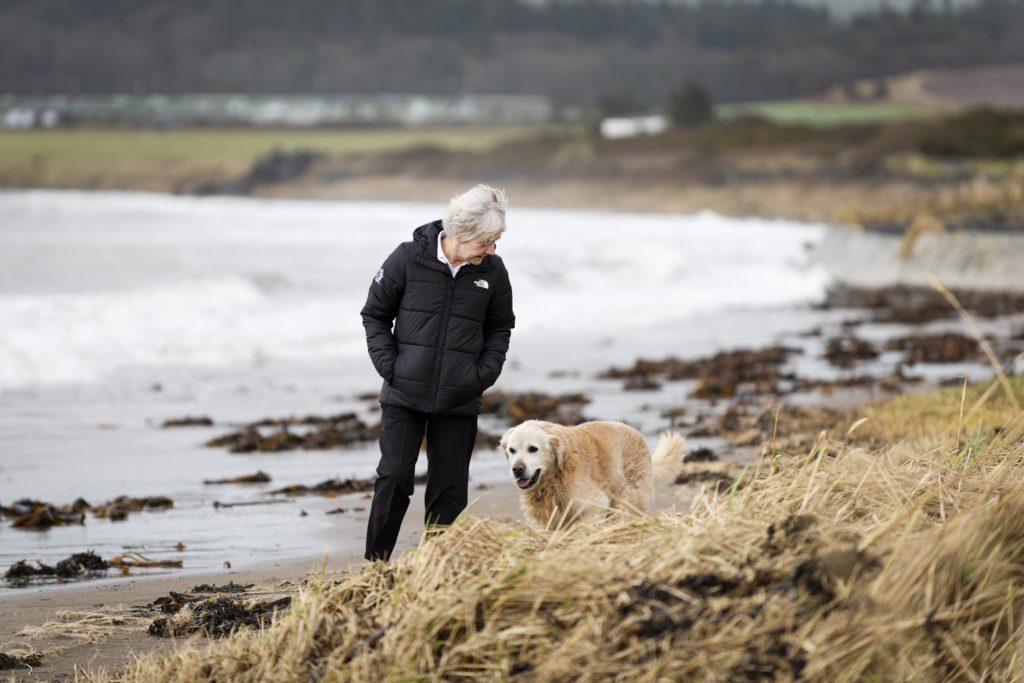
She explains the inspiration is also Ayrshire where she is based. "You've not only got the coast and the countryside, but there's woodlands, so you've got kind of everything. It really is a beautiful place."
Her favourite local seaside haunt is Maidens Beach, near Culzean Castle and the gardens there provided botanical inspiration. Luckily she has a golden retriever, called Jock, who never objects to a walk on the beach.
This allowed her endless research opportunities to distil down what the essence of the coastline would be.
She tells me: “When you drink this, you get the obvious Hendrick's house style, but then you get the nice deep botanicals.
"And just at the end, you get a nice bright lime finish, a nod to our maritime history. It's totally different, but I think it's nice. You smell it and you're at the seaside."
Currently Lesley has no plans for retirement and enjoyed the challenge of creating these new editions, each new one can take around six months to develop and perfect.
The main reason is people perceive taste differently, Lesley explains, they initially make several variations before vigorously testing, "until we get to the point where we all like it”.
She explains that it is often a combination of tastes which makes for the winning result.
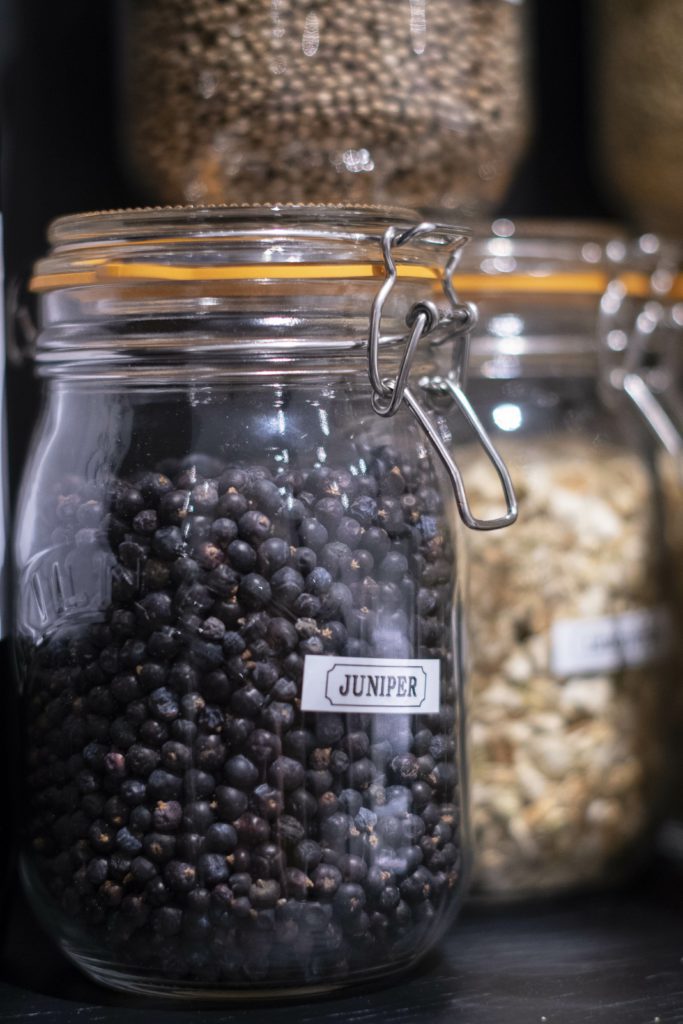
“Plants that might look, or in the raw state might not smell that great, are transformed by the whole process of distillation.
"For example, I absolutely detest the smell of caraway seeds on their own, it has got a top note in it that I really don't like.
"However, when you start to put it in with cubeb berries like we do within Hendrick's, the combination of those two pulls makes a really nice balanced flavour.
"I never look at something and think, ‘Oh God, no, I don't like that’. It's always, let's see what it does with other things."
Lesley explains her gin inspiration: "I have these sort of weird ideas but there's always some sort of story behind it."
Her Lunar gin was created whilst sitting in her garden one night. "I've got a lot of flowers in the garden, the sun was going down and the moon was coming up and I kind of noticed that the flowers suddenly smelled different to what they did during the day."
While the experimental Orbium one, was created by adding extracts of Quinine, Wormwood and Lotus Blossom.
Midsummer Solstice was originally made for a colleagues wedding, and Kanaracuni Gin and Amazonia were both inspired by the Venezuelan jungle. And there are plans for the next top-secret limited edition already in the pipeline.
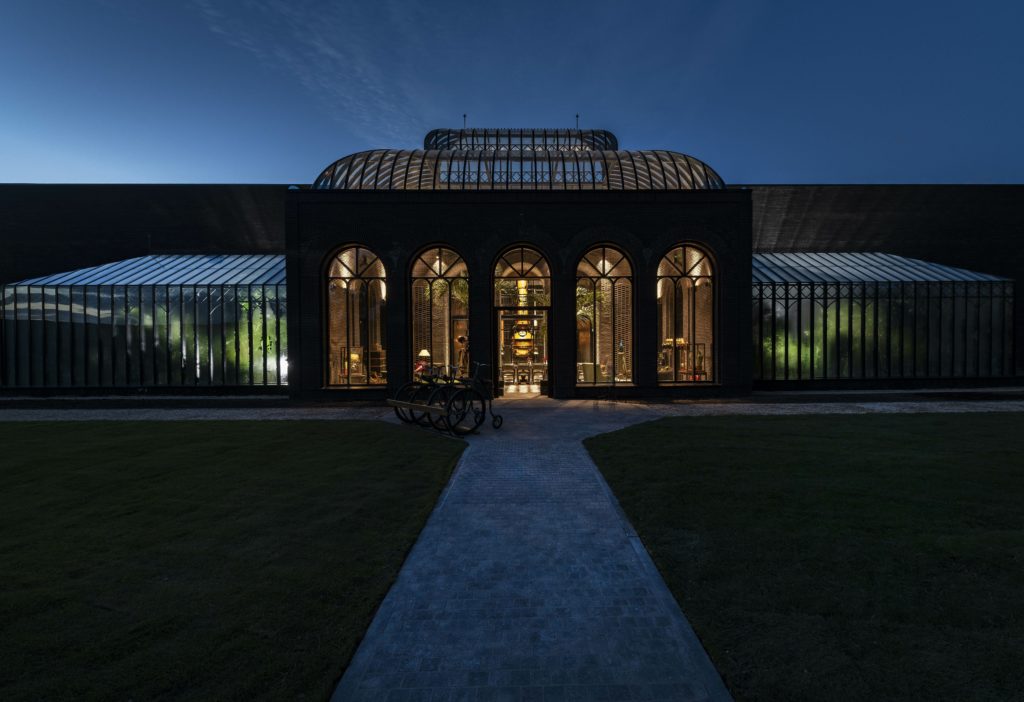
However, having sensitive taste buds, catching Covid would be a disaster but fortunately William Grant's on-site lab makes sure everyone is tested twice a week.
Lesley's other hobbies include looking after her two tortoises, Herbie and Henry, a spot of fly fishing, and escaping the rat race in her motor home.
She explains: "I go to a place up in the north of Scotland for the first week in September. I go salmon fishing on this beautiful river and there's no phone signal, no WiFi, no television. It's great."
Lesley would ultimately like to make a single batch of Hendrick's using local juniper, because, "the taste would be different, because Scottish juniper, the berries are much smaller and more bitter than where we take them from".
Whatever gin she invents next, it is bound to be ginspirational.
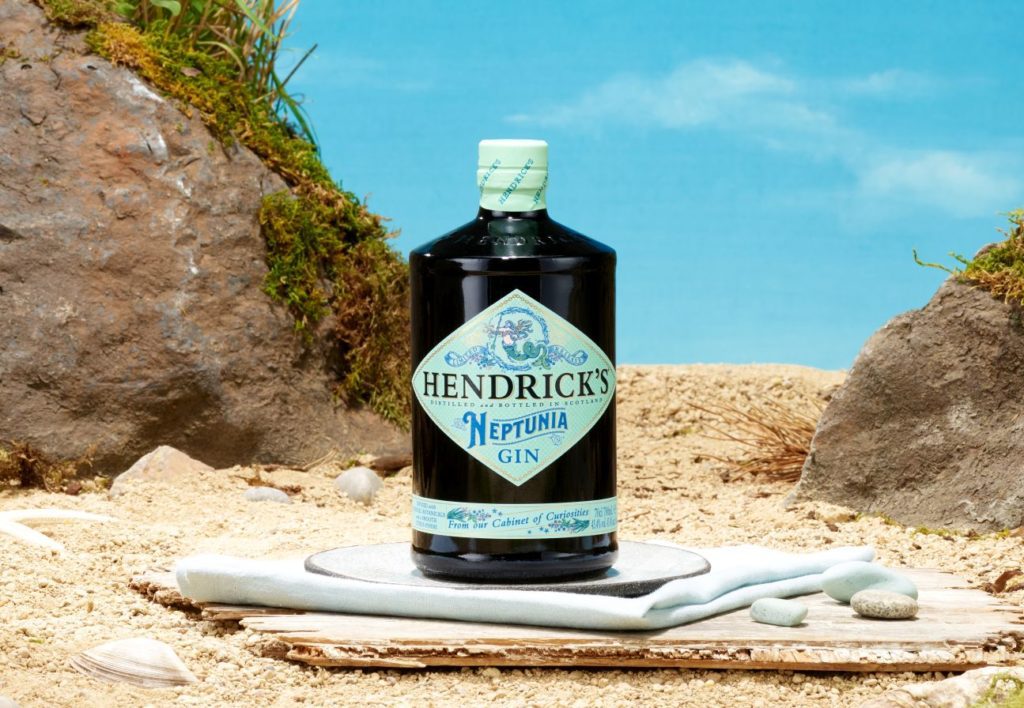
Hendrick's limited edition Neptunia is available now.